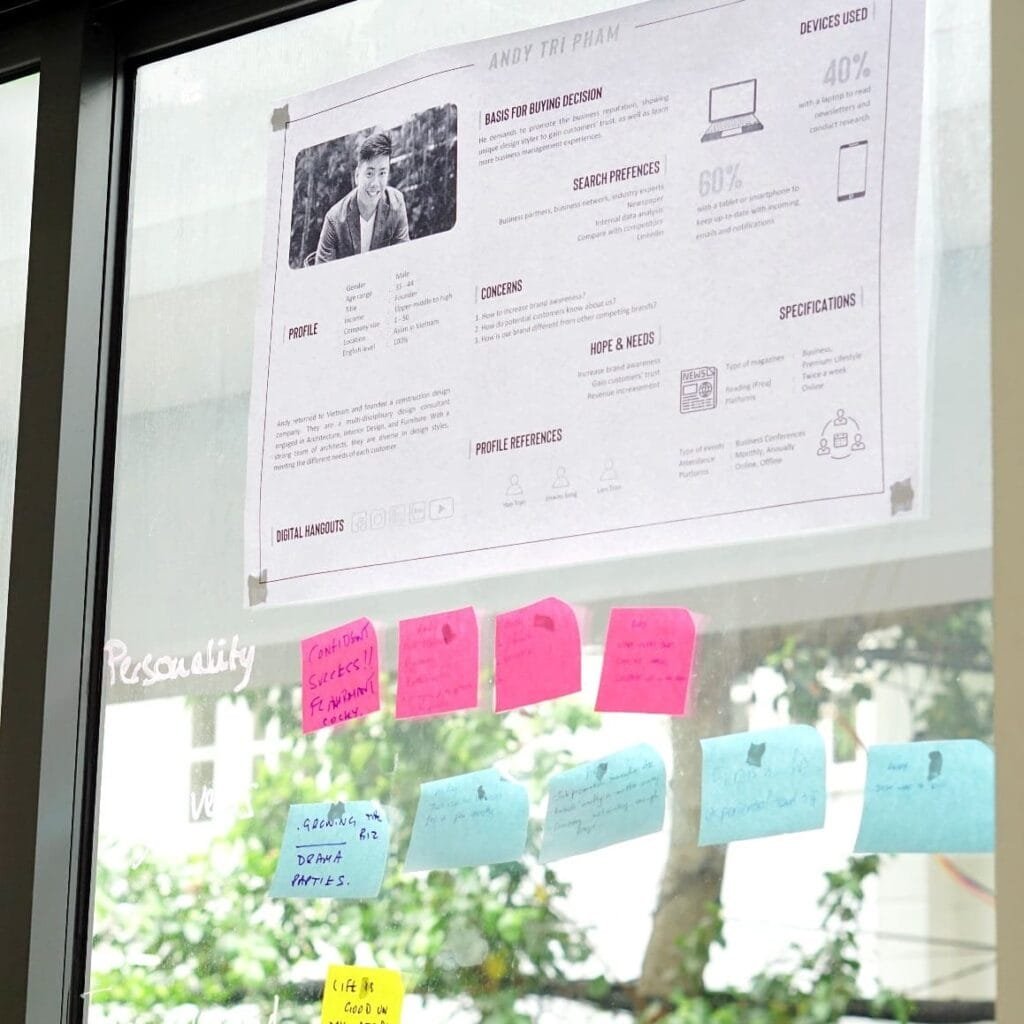Imagine your company without clear, documented processes. Teams would waste time reinventing the wheel for every new project, knowledge would be lost when employees leave, and inconsistency would become the norm. This chaotic scenario is the reality for many organizations that haven’t embraced the power of standardized workflows.
A well-written recipe is a treasure. It serves as a blueprint that captures the essence of a dish, making it replicable and scalable. Leith’s Cookery Bible, which is essentially the syllabus for the Advanced Diploma course, is a treasure trove of recipes, techniques, and tips for overcoming kitchen mishaps. With 1,400 recipes ranging from timeless classics like Cheese Soufflé and Steak and Kidney Pie to more innovative creations such as Salmon and Plaice Ravioli or Red Onion and Polenta Tart, it has something for everyone.

Commonly referred to simply as “the Bible,” it was penned by Prue Leith and Caroline Waldegrave, who were the principal and headteacher during my time at Leith’s. The first edition was published in 1991. Each recipe was rigorously tested before publication, but importantly, these recipes were further “tested” by 90 students of varying skill levels each year, with refinements made based on their experiences.
While at Leith’s, one of our senior instructors, Susan Spaull, who was concurrently working on the Leith’s Techniques Bible, also led the re-testing of all 1,400 recipes for the revised 2003 edition of the Cookery Bible. After graduating and before starting at City Rhodes, I had the opportunity to work with Susan and Caroline in Leith’s test kitchens, focusing on refining these recipes. Our goal was to make each recipe foolproof and easy to replicate, no matter the cook’s skill level.
Before retraining as a chef in 2000, I had already had a career in the corporate world. The Y2K problem had halted many IT consultancy projects as companies around the globe focused on preparing their systems for the transition from the 20th to the 21st century. As a trained business administrator, my early career revolved around organizing and documenting workflows, streamlining processes, conducting gap analyses, and implementing systems.
One of my mentors at a small consultancy firm I joined in 1999 attempted to explain Systems Thinking to me during our sessions. He emphasized that the old method of siloed departments was over. While I listened attentively and studied the materials he provided, it didn’t fully resonate with me. Having started my career in this new era and studied the underlying theory, I didn’t grasp the significance of the mindset shift it entailed until I became a recipe tester in Leith’s test kitchen. It was during this experience that I finally understood that consistent success comes from well-designed, thoroughly tested, standardized processes that are continually re-evaluated.

Just as a reliable recipe ensures every dish meets high standards, documenting processes, strategies, and best practices equips organizations to thrive, even amidst change. Your corporate documentation becomes more than a record—it’s a dynamic recipe book of checklists, templates, and SOPs, that are continuously reviewed and refined, empowering teams to replicate success and innovate confidently, regardless of who’s executing.
Why Documenting Processes Matters
A well-documented work process upholds consistency and quality, enabling teams to perform seamlessly even amidst personnel changes or unforeseen challenges. Without clear documentation, success becomes dependent on individuals rather than systems, leading to inefficiency and risk.
Consider Toyota, a company renowned for its “Kaizen” philosophy of continuous improvement. By meticulously documenting every step of its production process, Toyota not only ensures consistent quality but also empowers its teams to identify inefficiencies and innovate. This approach famously enabled Toyota to recover from a critical supplier issue in 1997, when a fire at a brake valve factory threatened to halt production. Thanks to their detailed processes and systems, Toyota resumed operations within days by reassigning tasks and collaborating with other suppliers. This example highlights how robust documentation and a focus on systems can enable both resilience and long-term success.
What to Include in Your Corporate Recipe Book
- Core Processes: Outline key workflows that are central to your organization’s operations. Most companies will typically include processes such as onboarding new employees, conducting performance reviews, developing and launching products or services, executing marketing campaigns, sales playbooks, managing customer support, finance and accounting, and streamlining supply chain operations.
- Best Practices: Document lessons learned from successful projects, detailing what worked and why. Include practical examples that illustrate how these practices can be applied to future initiatives. For instance, after completing a major product launch, document the strategies that led to its success—such as setting clear milestones, using customer feedback loops, or fostering cross-departmental collaboration. Additionally, compile a checklist of do’s and don’ts derived from past project pitfalls, such as avoiding over-ambitious timelines or ensuring stakeholder alignment early in the process. This helps teams avoid repeating mistakes and builds a foundation for consistent improvement.
- Tools and Resources: Think of this as your team’s toolbox—a curated collection of everything they need to get the job done efficiently. Share links to templates for proposals, budgets, or reports that are easy to adapt. Create a user-friendly directory of key software tools like Asana, Trello, or your CRM system, complete with simple guidelines to help everyone hit the ground running.
- Roles and Responsibilities: For the system to work, everyone needs to know their moves to perform seamlessly. Lay out clear job descriptions that eliminate ambiguity and foster accountability. For bigger projects, try using a RACI matrix (Responsible, Accountable, Consulted, Informed) to clarify ownership and avoid misunderstandings. Visual aids, like workflow diagrams, can show how different departments collaborate toward shared goals, making teamwork smoother and more effective.
Documenting Your Workflows and Processes
- Be Clear and Specific: Just as a recipe includes exact measurements, your processes should leave no room for ambiguity. Instead of saying “prepare the report,” specify the data sources, format, and deadlines.
- Test and Refine: Before rolling out a process, test it with a small team to identify gaps or inefficiencies.
- Make It Accessible: Store your documentation in a centralized, easily accessible location, like a company Notion or shared drive.
Benefits of a Corporate Recipe Book of SOPs and Workflows
- Scalability: Clear processes make it easier to onboard new team members and expand operations.
- Efficiency: Teams spend less time reinventing the wheel and more time focusing on high-value tasks.
- Resilience: With processes documented, teams can maintain performance during transitions or unexpected challenges.
Learning from the Best
At Shutta, we’ve adopted a Hypothesis Driven Design (HDD) methodology to ensure our processes remain agile, innovative, and effective. HDD is about continually refining workflows by testing assumptions, collecting feedback, and iterating based on evidence. This approach creates a dynamic system that evolves with new challenges and opportunities.

We based our methodology on the guide NPR developed in collaboration with Google for applying HDD to Editorial Content Projects. Their process emphasizes generating ideas based on hypotheses about audience needs, rapidly prototyping content, and using analytics to validate what works. By constantly iterating, they’ve streamlined content creation to align closely with audience preferences while maintaining efficiency.
At Shutta, HDD forms the backbone of our operations. Whether it’s onboarding new clients, developing marketing strategies, or delivering digital transformation projects, we incorporate cycles of testing, feedback, and refinement. This ensures that our systems aren’t just static documents but living tools that empower our teams to innovate confidently and deliver consistent results.
Closing Thoughts
A corporate recipe book isn’t just about preserving knowledge; it’s about empowering your team to replicate and build on past successes. Whether you’re leading a small team or steering a global enterprise, taking the time to document your recipes for success is a step toward lasting impact. This investment creates a foundation for consistency, fosters resilience, and paves the way for innovation and growth. Use this Workflow and Process Documentation Template as a starting point, and start writing your corporate recipe book today, then watch your team and company thrive.

